Learn how to make world renowned Bibimbap (Korean rice and vegetable bowls) that’s even better than my favorite restaurant version! This recipe is made with beef bulgogi or shortcut Korean ground beef (other options included), your choice of veggies, and the BEST umami rich spicy Bibimbap Sauce you’re going to want to douse on everything. Although this dish has a few components, it is simple to make, the veggies can be prepped ahead and everything is served at room temperature for ZERO prep stress.
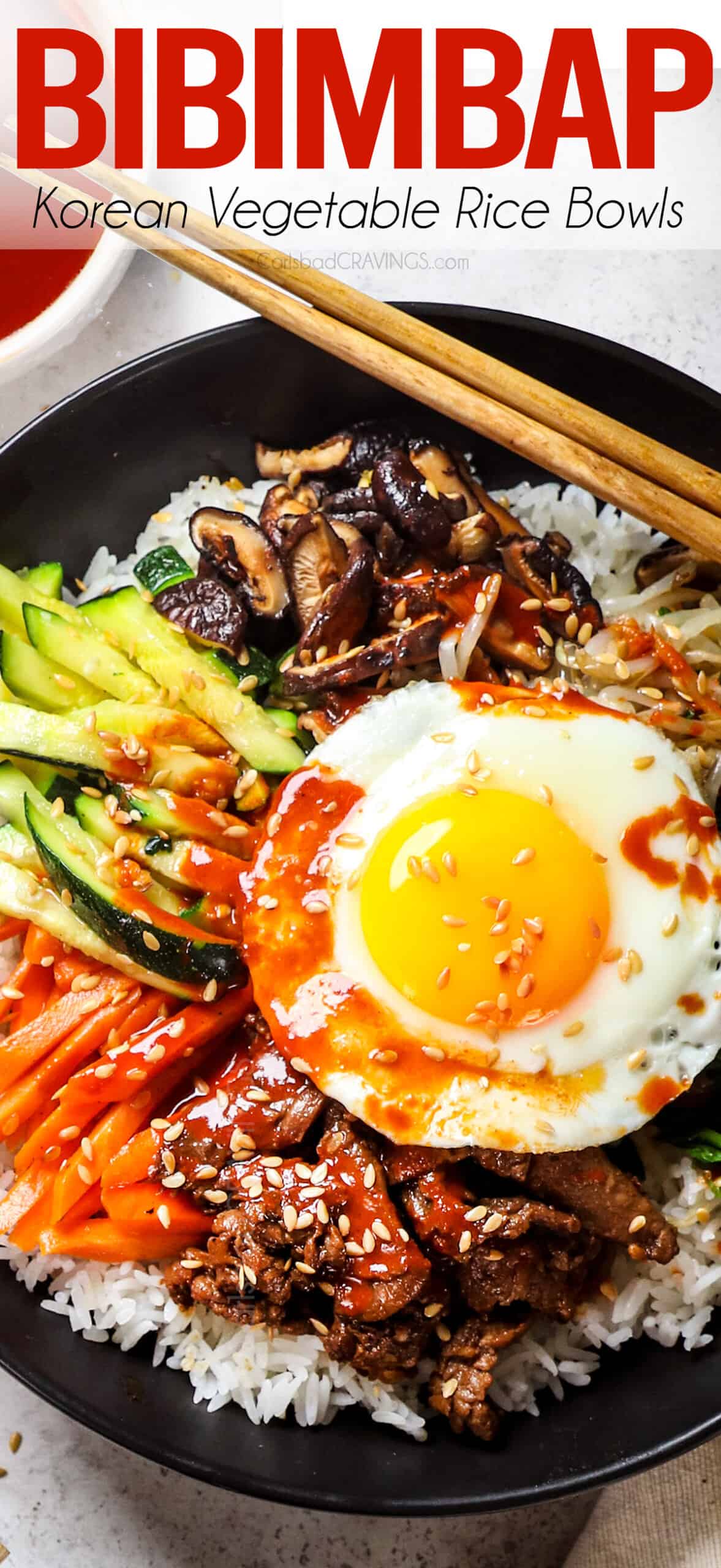
Watch How to Make Korean Bibimbap

Why’ll You Love This Easy Bibimbap Recipe
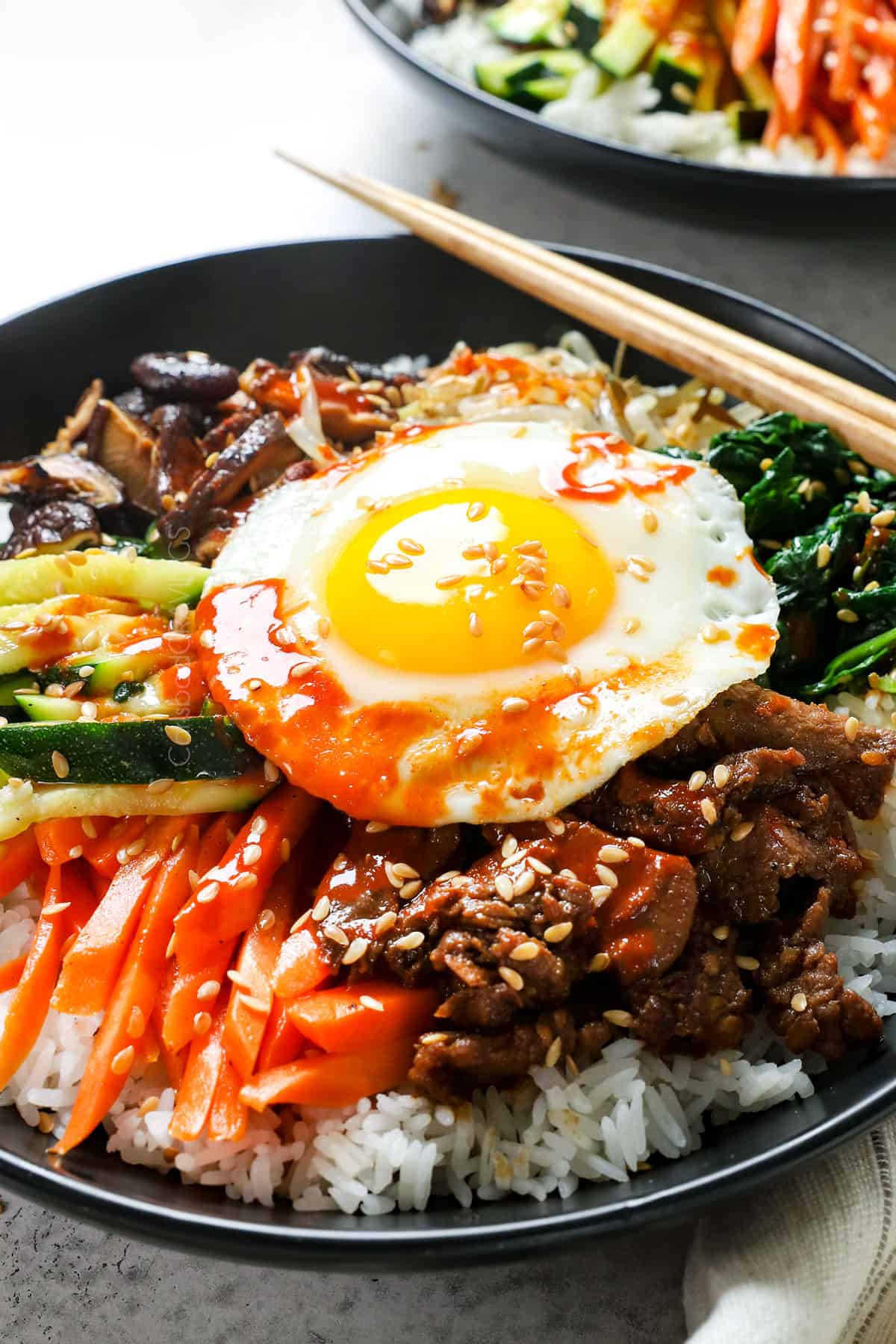

What’s bibimbap?
Bibimbap is a beloved, famous Korean dish and my favorite Korean food! Bibimbap translates to “mixed rice,” –“bibim” means to mix, and “bap” means cooked rice. It is pronounced like it looks: Bi-Bim-Bap.
It consists of a bowl of steamed rice topped with an array of sautéed and seasoned vegetables (such as spinach, carrots, bean sprouts, mushrooms, zucchini, etc.) and typically thinly sliced marinated beef, however, shortcut ground beef is increasingly popular.
The bibimbap bowl is topped with a poached egg (the runny buttery egg yolk is magical), a drizzle of toasted sesame oil, sesame seeds and spicy bibimbap sauce (made primarily from gochujang). The ingredients are mixed together, so every bite is an explosion of harmonious, exciting flavors and textures.

Korean Bibimpap Ingredients
There is a lot of flexibility in bibimpap ingredients. Below I’ve outlined what’s in the recipe card (my favs) and included a section of variations below that. (Full recipe in the recipe card at the bottom of the post.)
Marinated Beef
Bibimbap can be made with anything from marinated thinly sliced beef (most popular), to Korean ground beef, chicken, turkey, pork and even shrimp! For this recipe, I’ve scaled down my Beef Bulgogi recipe that’s slightly sweet and savory and 100% stand-alone-scrumptious. It can be marinated for as little as 30 minutes while you prep the vegetables up to overnight.
Vegetables
Together, the vegetables used in bibimbap recipe are collectively called namul (나물). There are no right or wrong vegetables to use, as long as you choose a variety of flavors, textures and flavors. This recipe has used the most common and pantry friendly vegetables with complimentary textures:
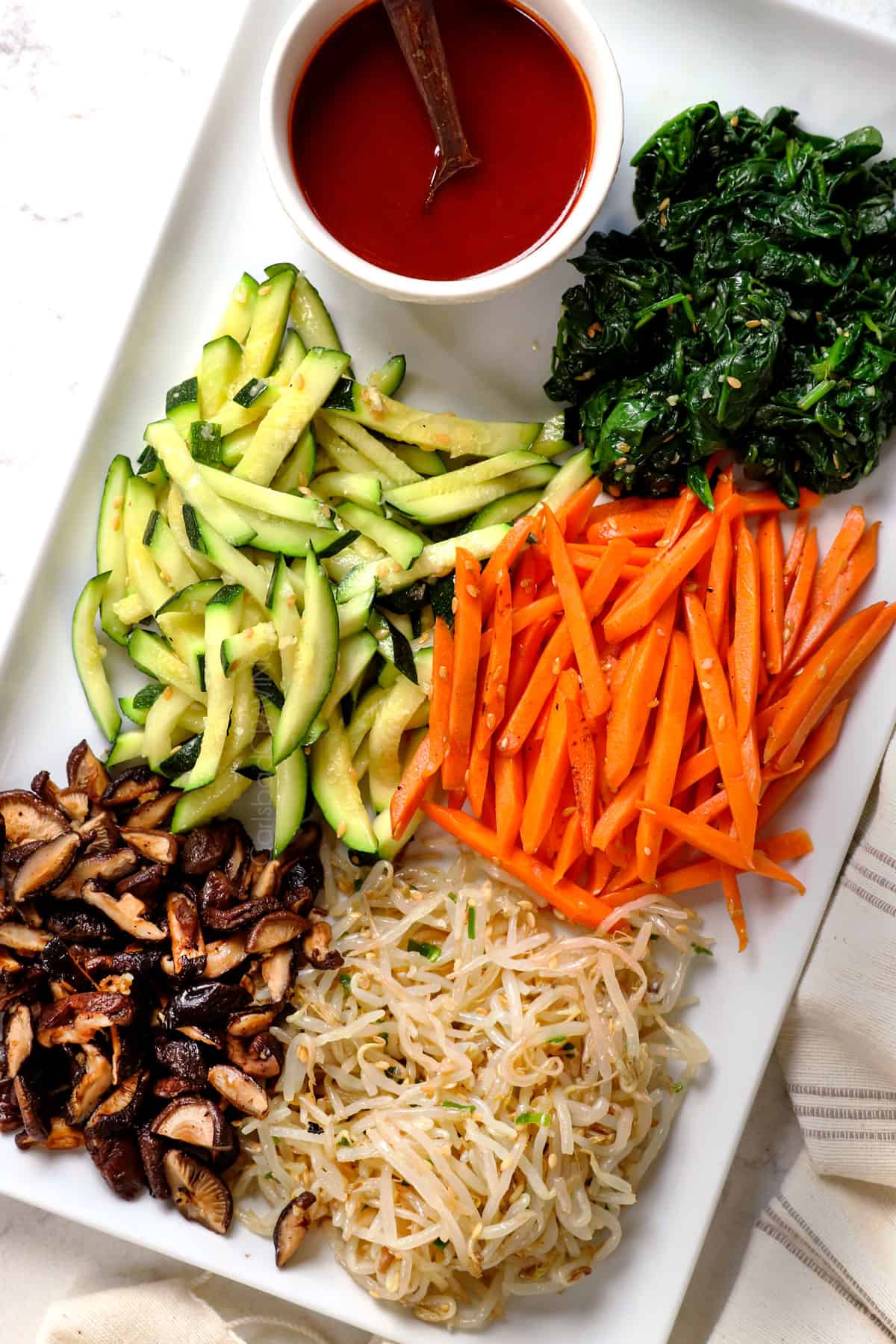
Korean Bibimbap Sauce
Gochuchang is mixed with ingredients like soy sauce, sesame oil, sugar, and garlic, to create a spicy and umami-rich Bibimbap Sauce that marries all the ingredients together.
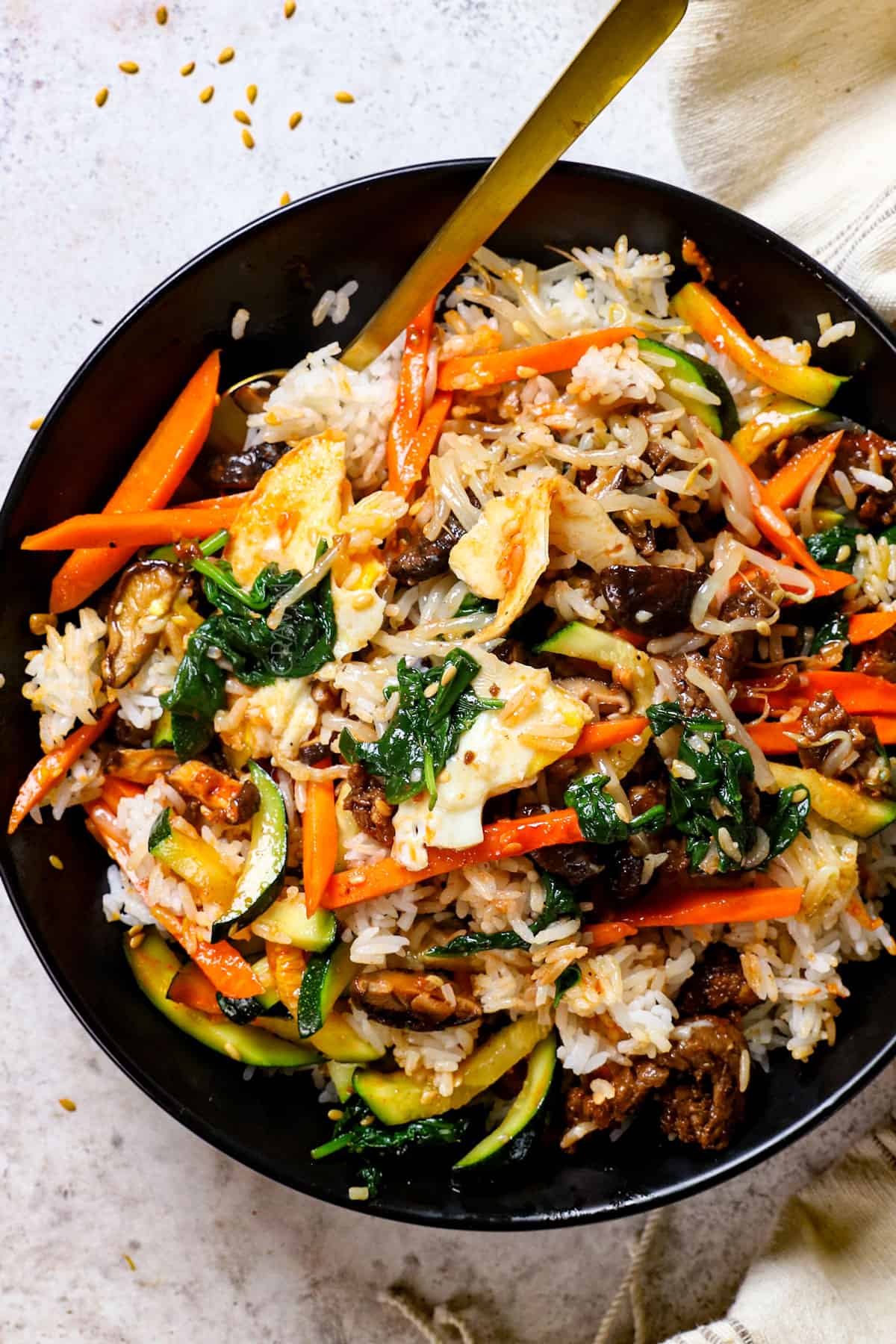
For Serving

Variations of Bibimbap
Make vegetarian bibimbap, swap the veggies, use different rice etc. Here are a few ideas:
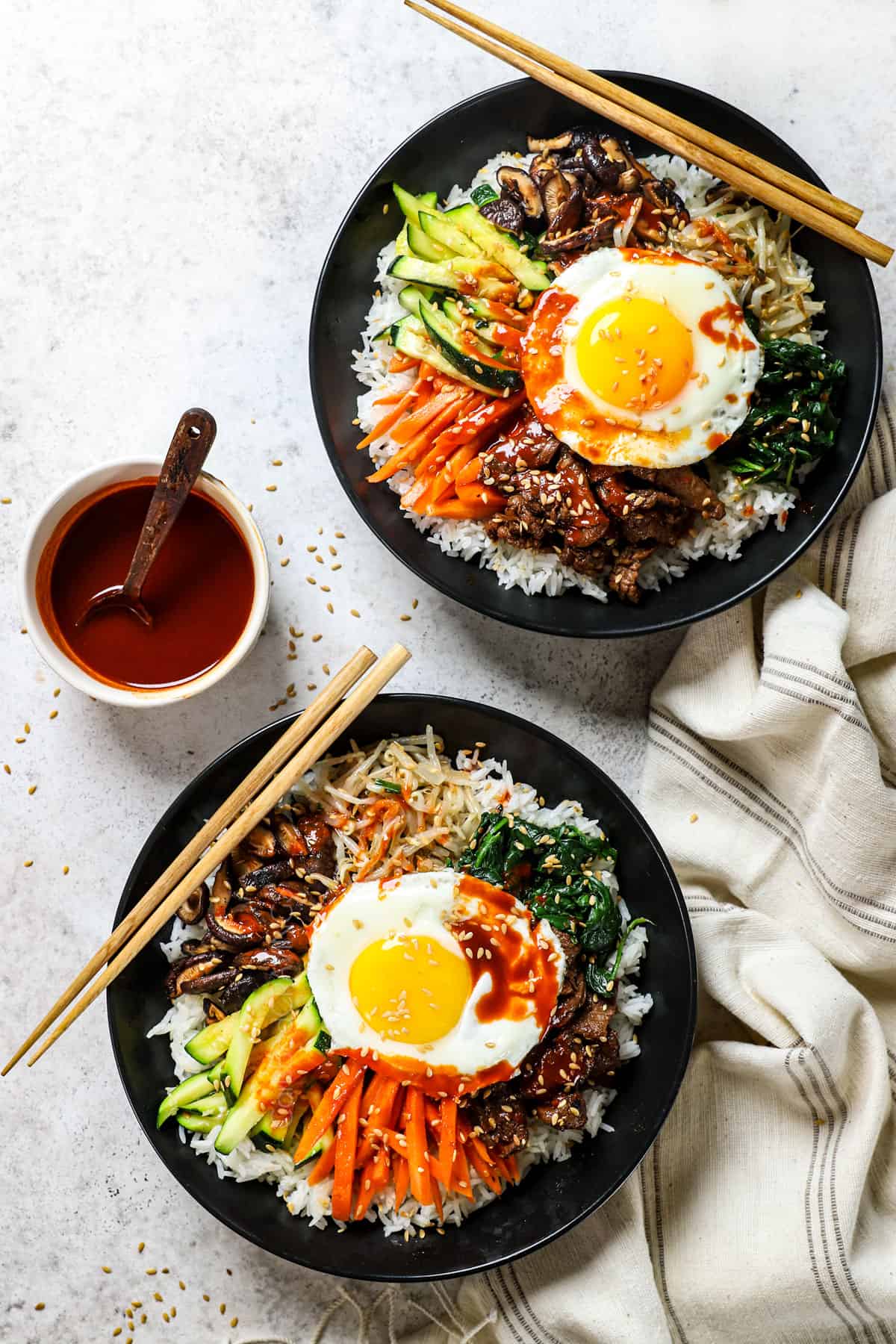

How To Make Bibimbap
This bibimpap requires a few steps because the vegetables cook separately, but they each take just a few minutes to cook, so please don’t shy away or be intimidated – the end result is SO WORTH IT!
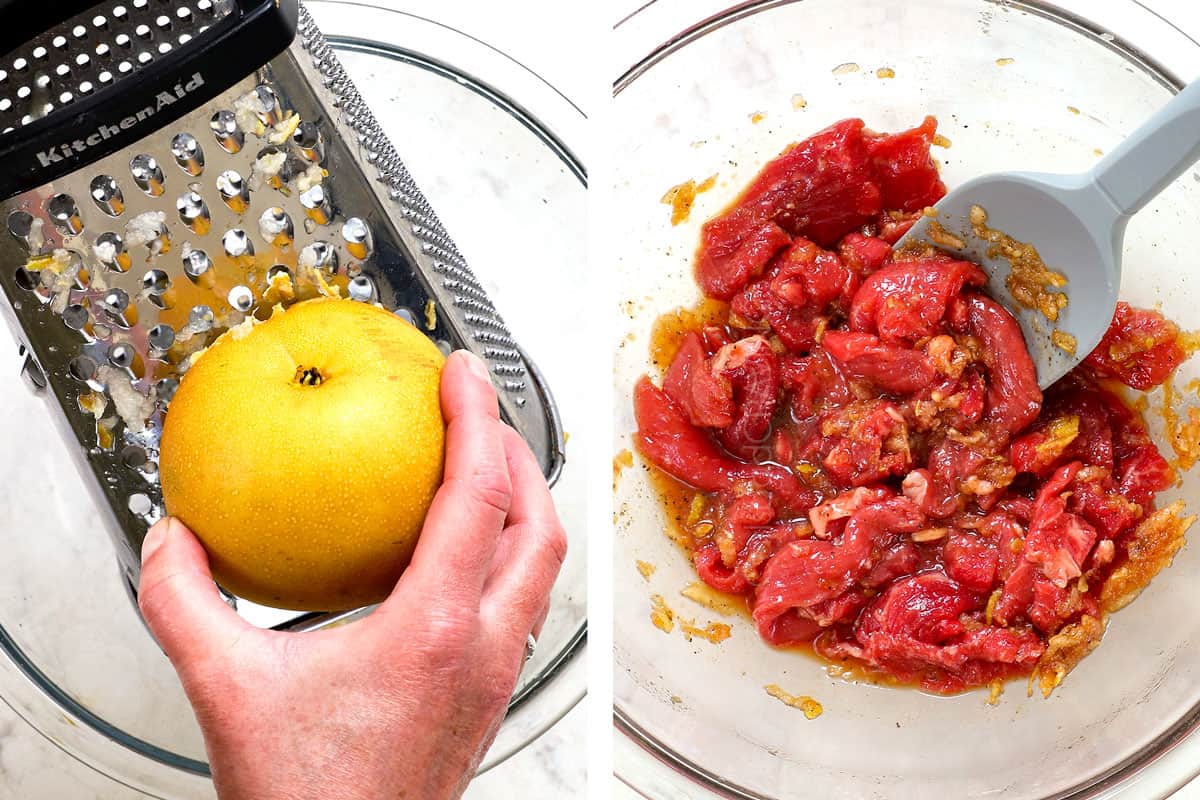
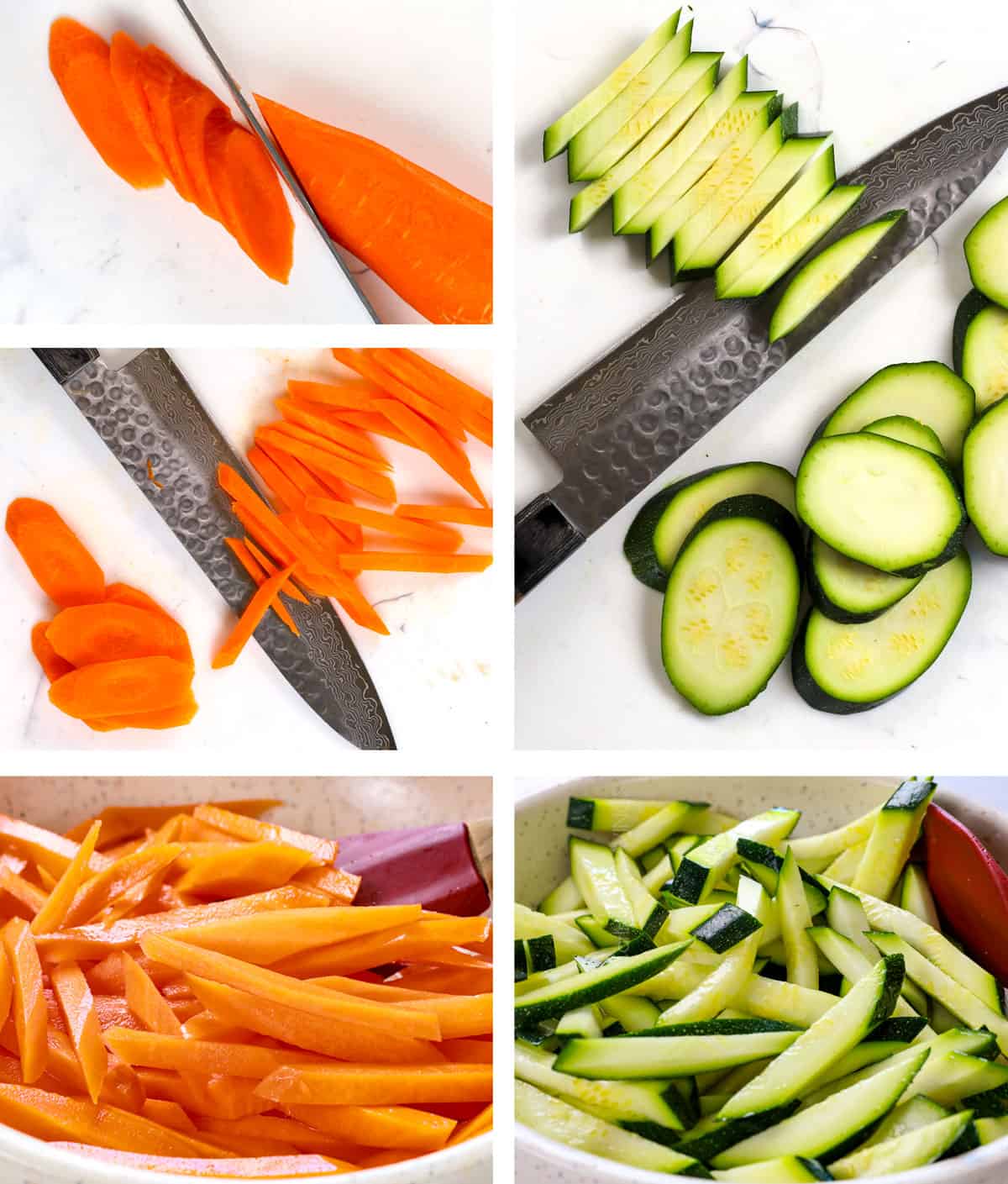
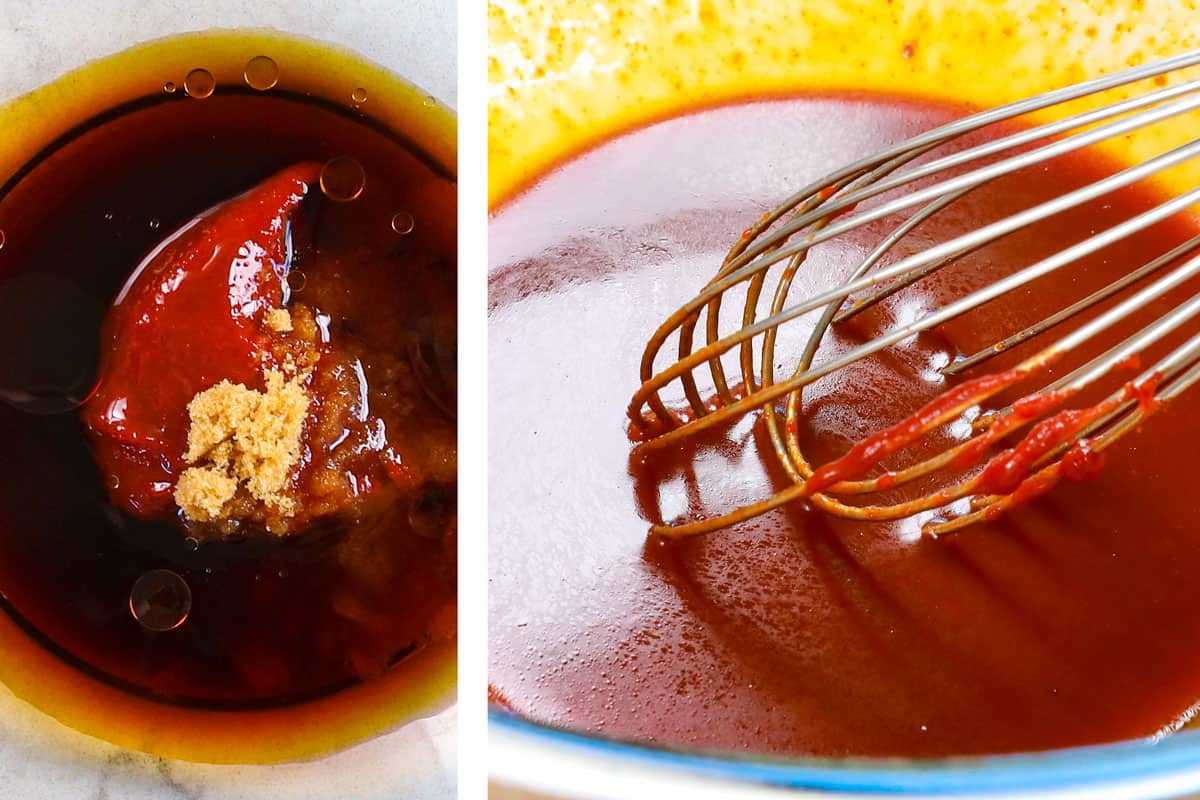
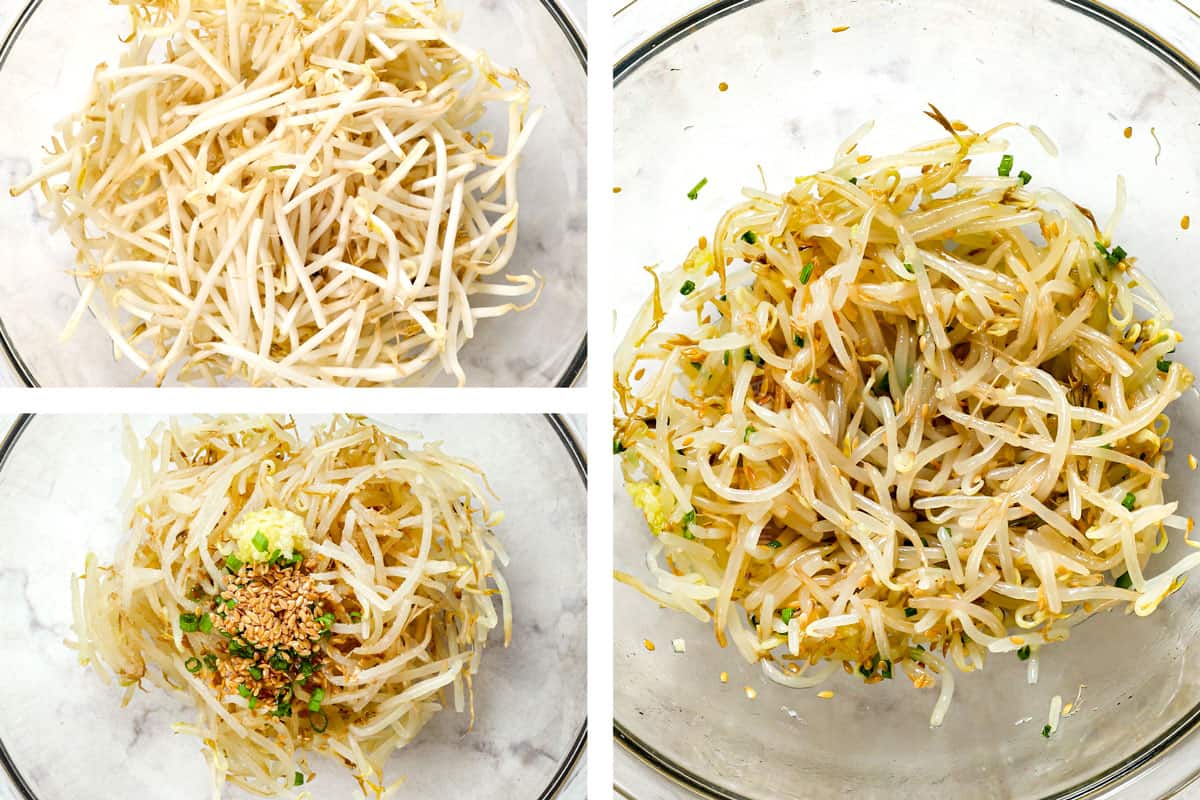
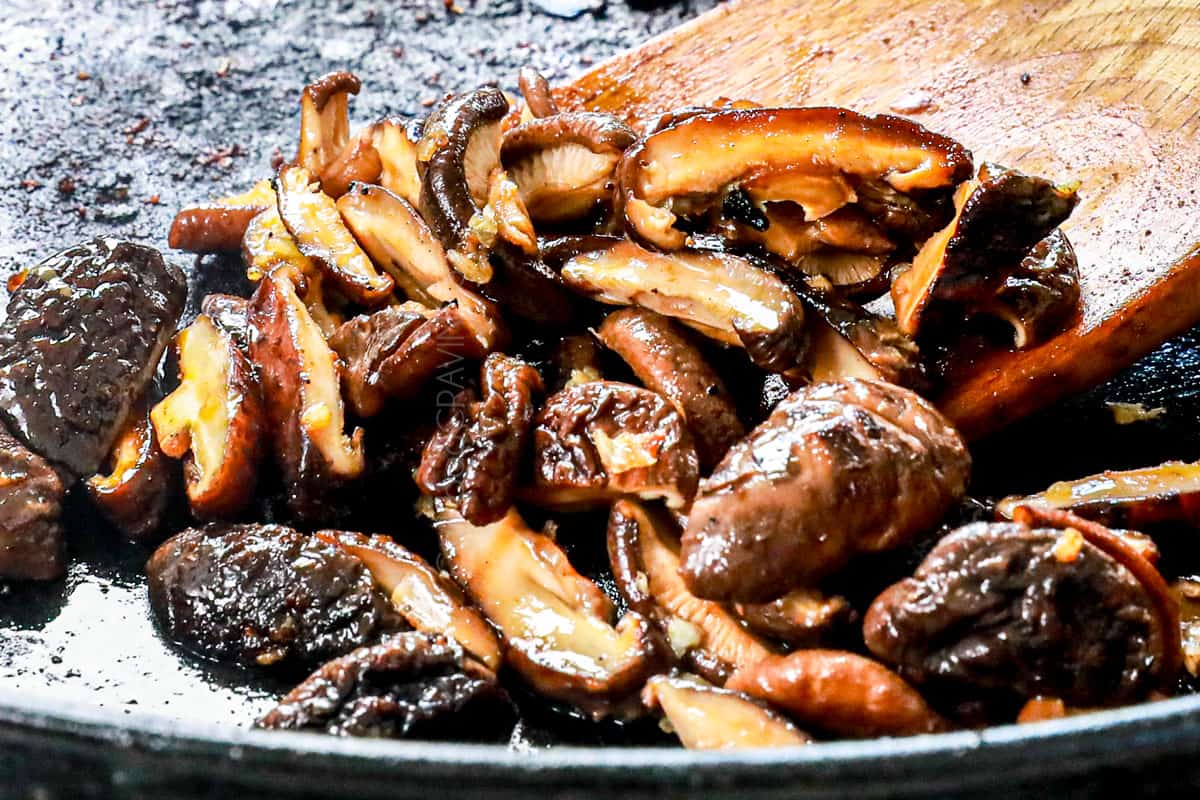
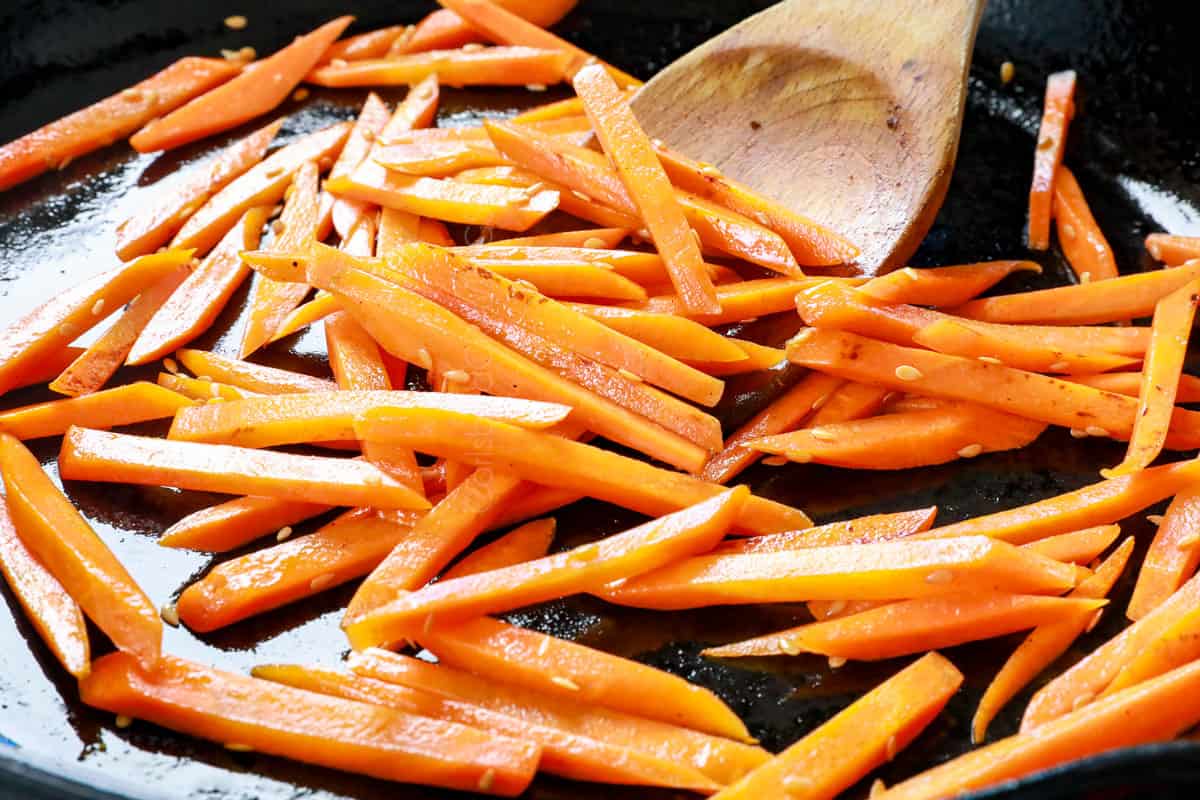
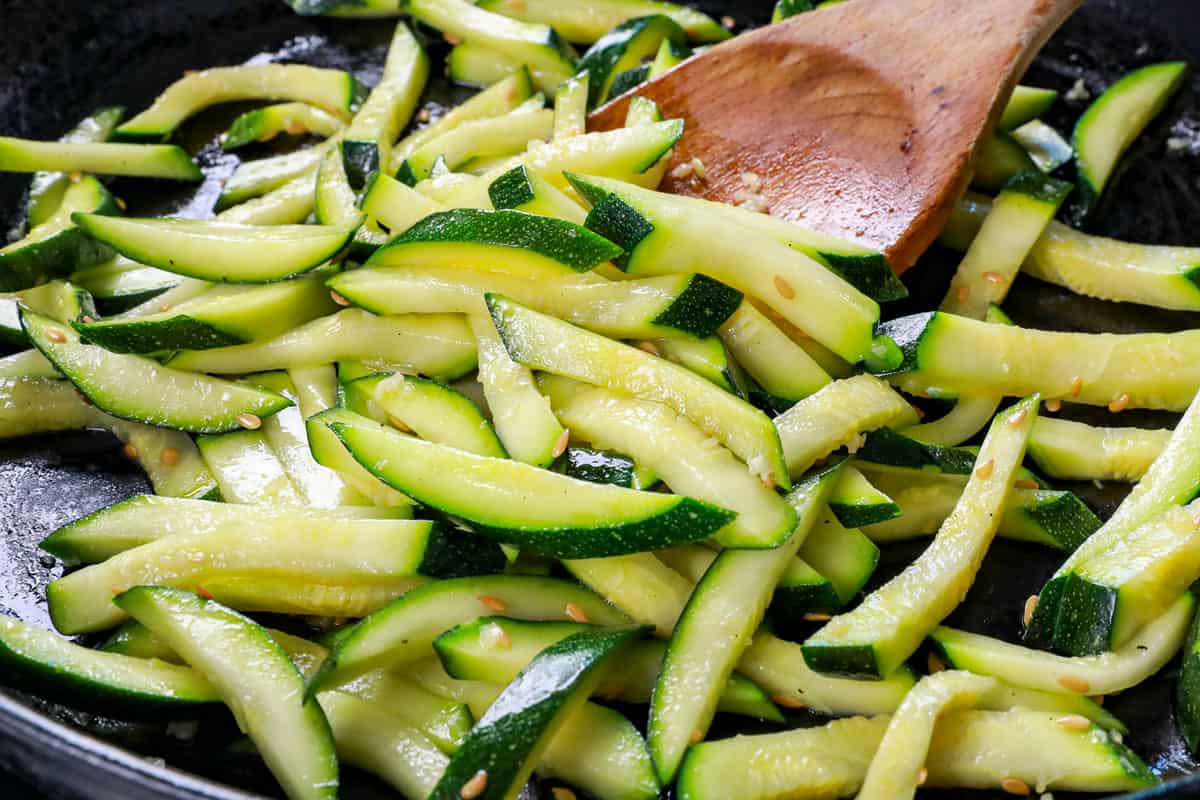
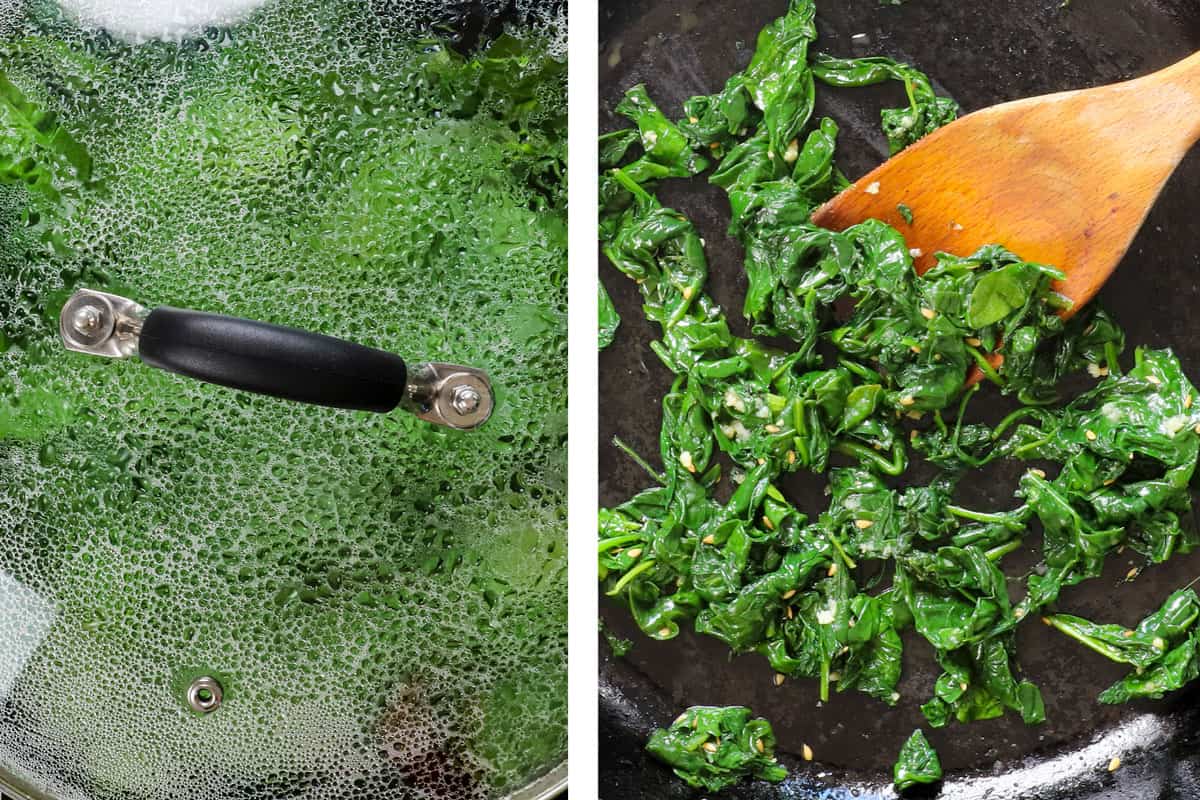
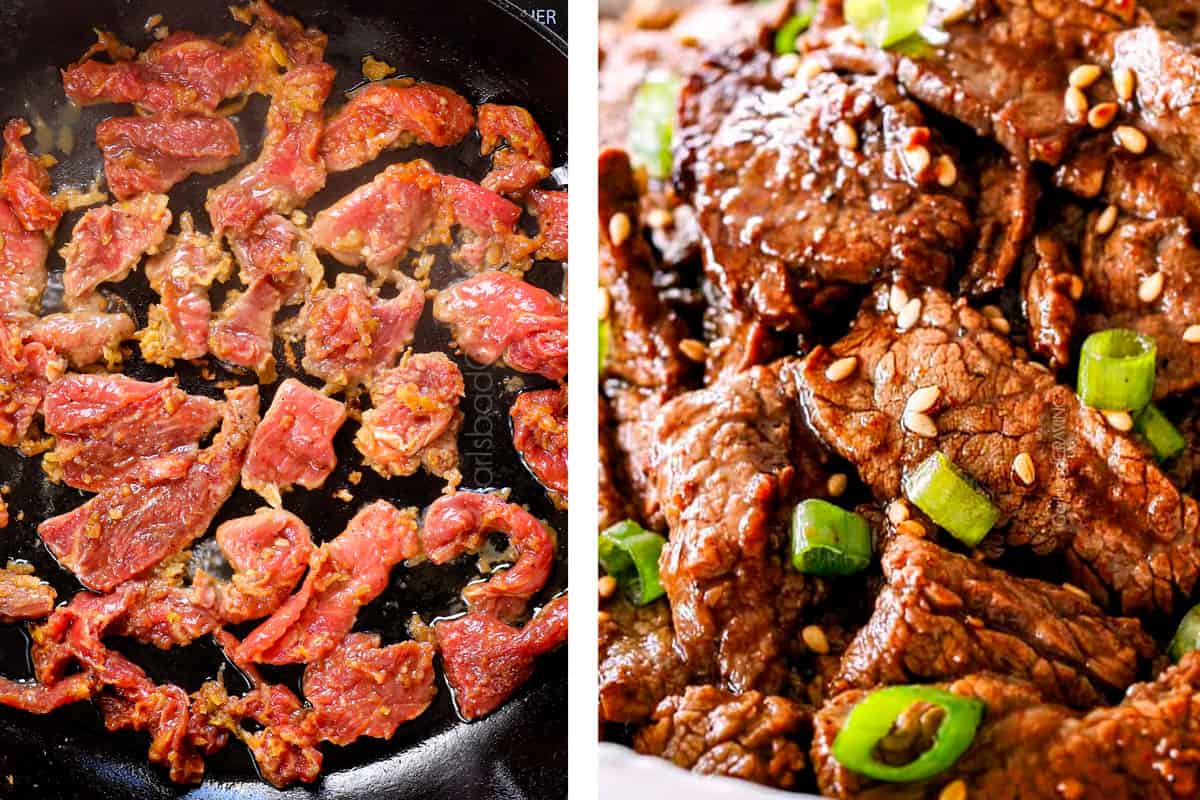


HOW To Assemble Korean Bibimbap
This is the easiest and most satisfying part (aside from eating!). There are no rules about assembling the bowls, other than starting with the rice! Simply divide the rice between 4 bowls, and arrange the vegetables on top of the rice in wedges like a color wheel. I like to alternate colors for visual appeal. Finally, add the beef bulgogi or place it in the center if the rice is covered in veggies. Top with a sunny-side up egg.
For a final touch of flavor and aroma, add a sprinkle of toasted sesame seeds and a drizzle of toasted sesame oil. To bring everything together and infuse the bowl with a delightful kick of heat and savory depth, add a generous drizzle of Bibimbap sauce.
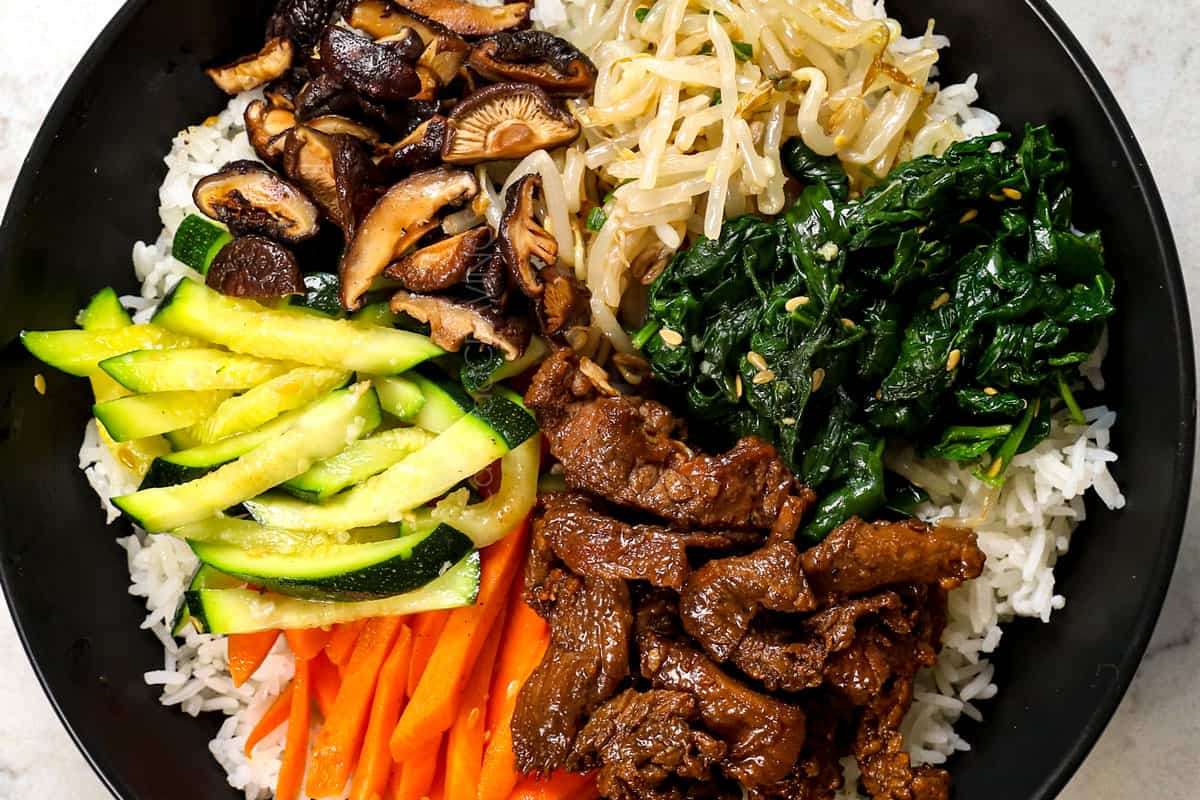


HOW To Eat Bibimbap
The the real magic happens when you dig into the bibimpap, breaking the buttery, runny egg yolk, and mix all the ingredients together. The traditional method to eat bibimpap is to use chopsticks to break the yolk in two crisscross slices, then toss the rice, meat and vegetables together with chopsticks. You can toss completely with chopsticks, or switch to a spoon to ensure everything is evenly coated in the sauce.
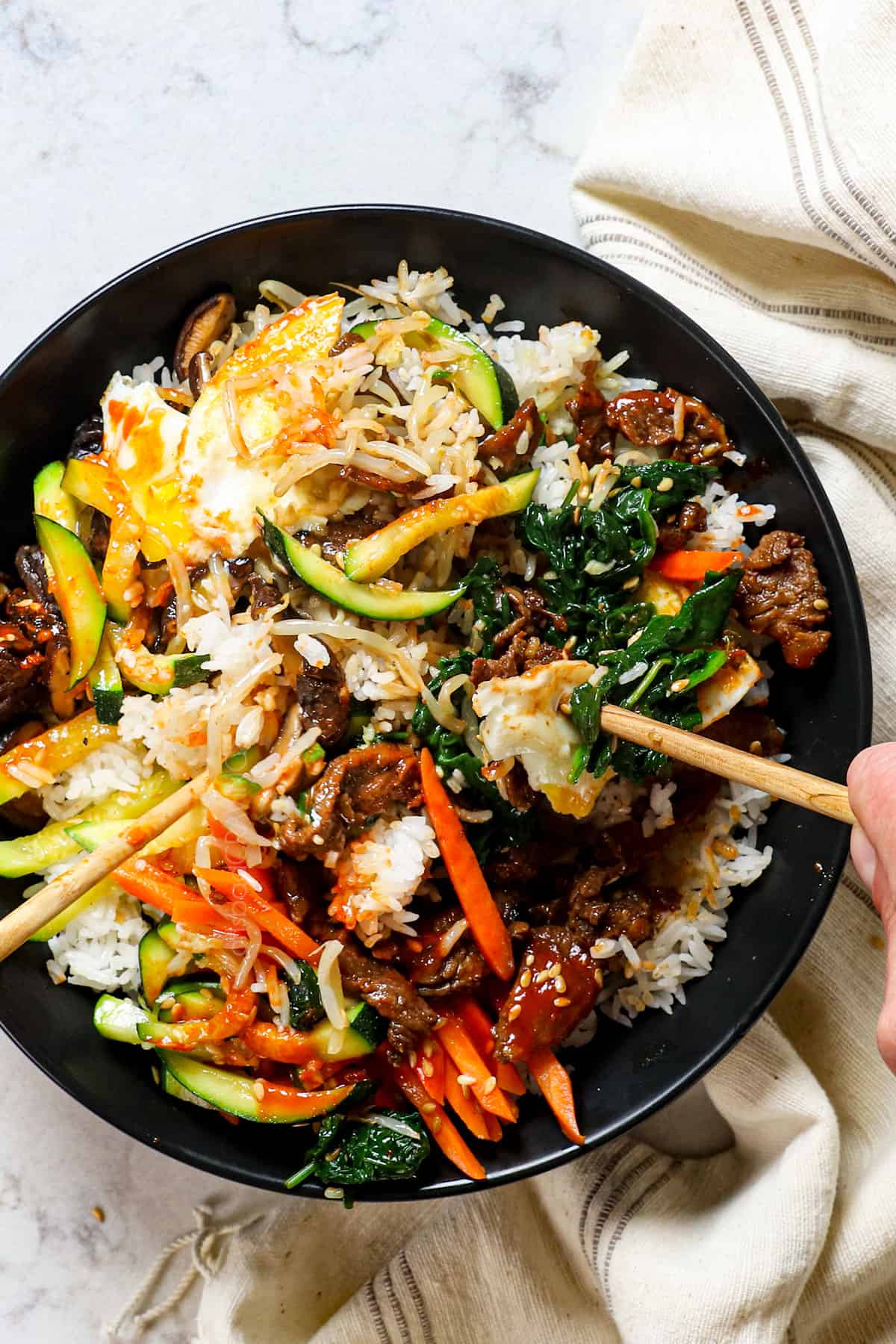

TIPS For making Bibimbap Recipe
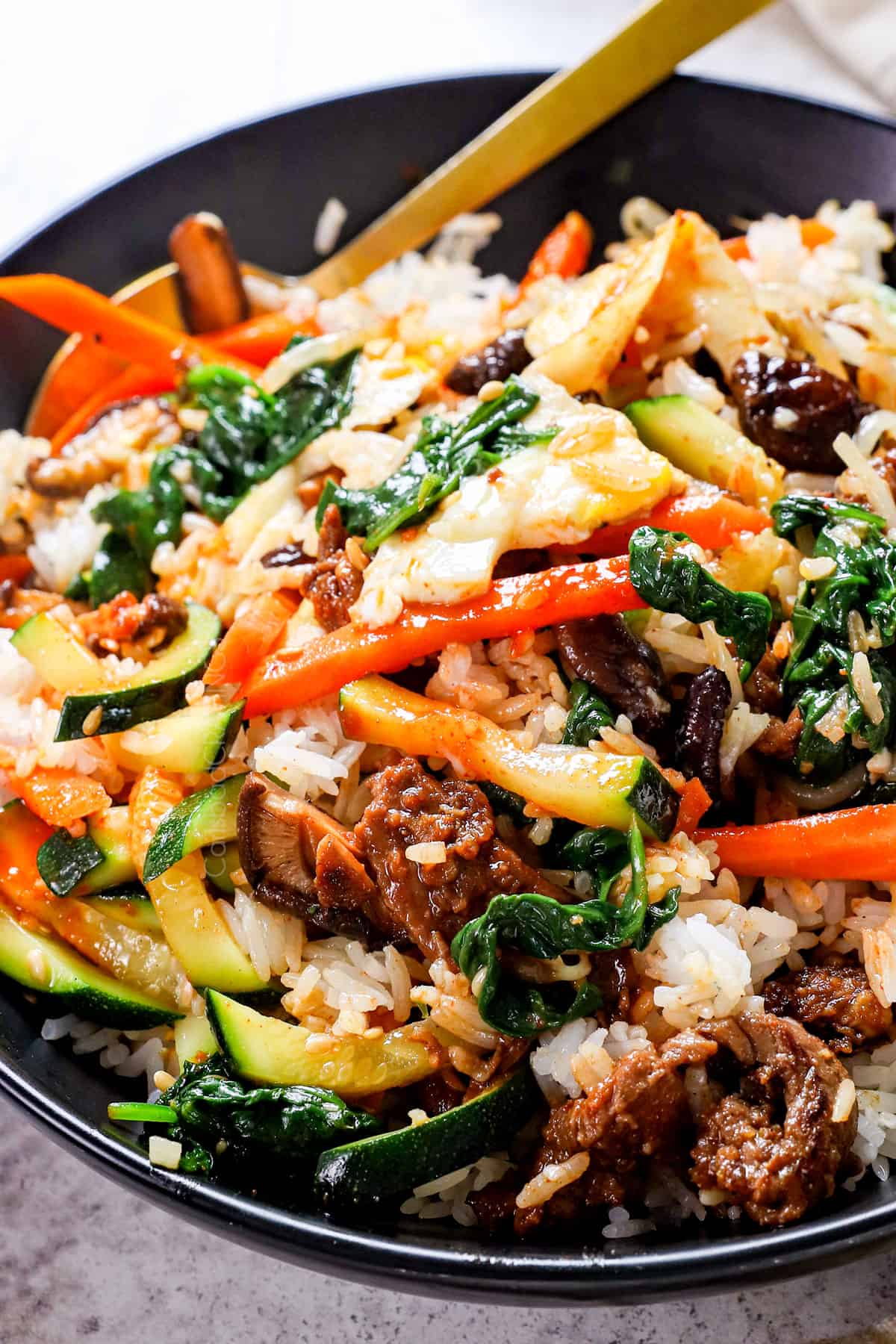

Korean Bibimbap MEal Prep
-Beef: can be marinated overnight, then brought to room temperature before cooking.
-Vegetables: each vegetable can be prepared and stored in an airtight container in the refrigerator, then gently warmed in a skillet when ready to enjoy.
-Bibimbap sauce: can be whisked together up to 48 hours in advance.

HOW TO STORE Bibimbap
Bibimbap stores exceptionally well for 4 to 5 days, whether elements are separated or combined.

How do I reheat Bibimbap Bowls?
Bibimbap reheats well once combined in the microwave at 60 seconds, then at 15 second intervals as needed. The only downfall is the egg yolk will cook completely.
FAQs About Korean Bibimbap
Bibimbap is a Korean dish made of cooked rice as its base, topped with an assortment of sautéed and seasoned vegetables, often including spinach, carrots, bean sprouts, mushrooms, and zucchini, along with a protein source like beef, tofu, or a fried egg. It’s typically served with a spicy and savory gochujang sauce, sesame oil, and toasted sesame seeds. The dish is known for its vibrant colors and is mixed together before eating to create a harmonious blend of textures and flavors.
Yes, Korean bibimbap can be a healthy dish as it includes a variety of vegetables, lean protein, and rice. However, the overall healthiness depends on specific ingredients and portion sizes. To make it even healthier, opt for lean protein such as chicken and minimal rice, or brown rice, quinoa or cauliflower rice instead of white rice.
Bibimbap is traditionally eaten by mixing all the ingredients together thoroughly before taking each bite. The traditional method is to use chopsticks to break the yolk in two crisscross slices, then toss the rice, meat and vegetables together with chopsticks. You can toss completely with chopsticks, or switch to a spoon to ensure everything is evenly coated in the sauce.
The most popular way to make bibimbap is with cooked ingredients, including cooked rice, sautéed and seasoned vegetables, and a cooked protein source like beef. However, the more traditional way to make bibimbap is with raw beef and a raw egg yolk – not dissimilar to French steak tartare.
No, bibimbap is not always made with beef. While beef (often in the form of bulgogi) is a common protein choice, bibimbap can also be made with other proteins like chicken, pork, or tofu, or omitted altogether for a vegetarian version. The protein selection can vary based on personal preferences and dietary restrictions.
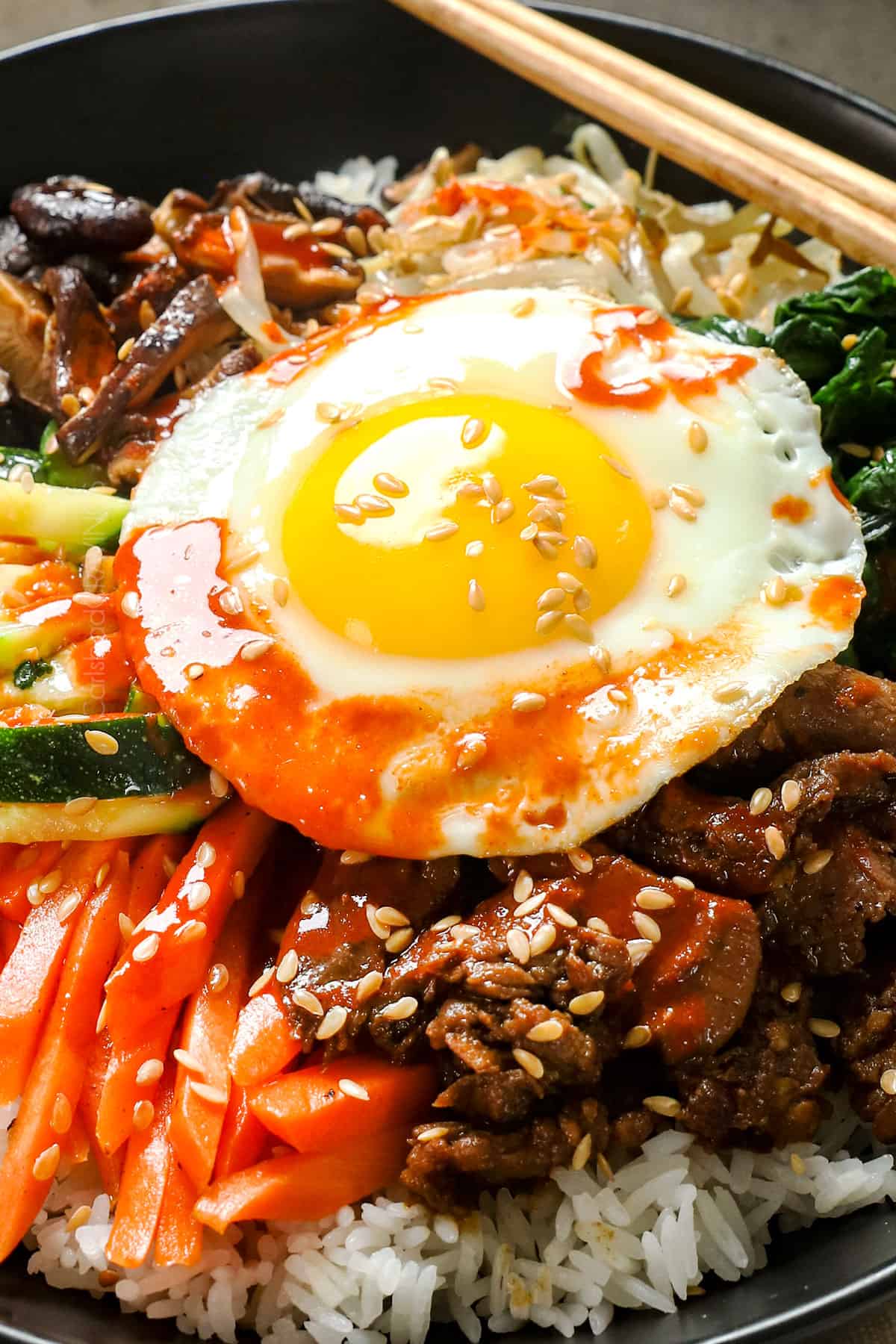

Looking for more Korean Recipes?
Udon Noodles with Gochujang Sauce
Korean Chicken Wings
Spicy Korean Chicken
Korean Meatballs
Korean Spicy Noodles
Korean Beef Stir Fry
Korean Tacos
Korean BBQ Burgers
Korean Beef Bowls
Beef Bulgogi
WANT TO TRY THIS Bibimbap RECIPE?
PIN IT to your recipe BOARD TO SAVE FOR LATER!
FIND ME ON PINTEREST FOR MORE GREAT RECIPES! I AM ALWAYS PINNING :)!
©Carlsbad Cravings by CarlsbadCravings.com
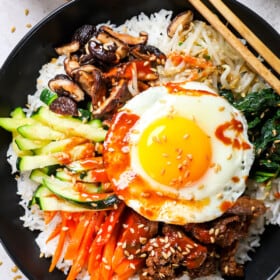
Bibimbap Recipe
Save This Recipe To Your Recipe Box
You can now create an account on our site and save your favorite recipes all in one place!
Ingredients
FOR SERVING
- 5 cups cooked white rice, preferably short grain
- 4 eggs
- toasted sesame seeds for garnish
BEEF BULGOGI (See Notes for Options)
- 1/2 pound (8 oz.) beef tenderloin or top sirloin THINLY sliced across the grain – less than 1/8″ (See notes)
- 1/4 Asian/nashi pear grated on large holes (may sub sweet apple like Fuji)
- 1 tablespoon low sodium soy sauce
- 1 tablespoon brown sugar
- 2 teaspoons rice wine (like Kikkoman Aji-Mirin)
- 2 teaspoons toasted sesame oil
- 1 teaspoon Gochujang paste
- 2 garlic cloves minced
- 1/4 tsp EACH ground ginger, onion powder, pepper
VEGETABLES:
- vegetable or peanut oil for cooking
- 3 ounces dried shiitake mushrooms
- 8 ounces bean sprouts
- 1 tablespoon chopped green onions
- 2 carrots sliced on the diagonal 1/4-inch thick then into batons (see photo/video)
- 2 large zucchini sliced on the diagonal 1/4-inch thick then into batons (see photo/video)
- 8 ounces baby spinach
- 1 teaspoon salt, divided
- 3 ½ teaspoons toasted sesame oil, divided
- 2 ½ teaspoons toasted sesame seeds, divided
- 1 TBS+½ tsp minced garlic, divided
- 1 teaspoon reduced sodium soy sauce
BIBIMBAP SAUCE:
- ¼ cup gochujang paste
- 2 tablespoons rice vinegar
- 2 tablespoon reduced sodium soy sauce
- 1 tablespoons brown sugar or more to taste
- 1 teaspoon toasted sesame oil
Instructions
MARINATE BEEF:
- Add the marinade ingredients to a shallow bowl or freezer bag and whisk to combine. Add beef and turn to coat. Cover and marinate 30 minutes at room temperature or refrigerate up to overnight.
PREP VEGETABLES
- Shiitake: Add mushrooms to a heat-proof bowl (like glass) and pour boiling hot water over top. Soak for 30 minutes. Drain, squeeze dry with a kitchen towel, then, then slice ¼-inch thick.
- Carrot and Zucchini: Add sliced carrots and zucchini to two separate bowls. Toss each with ¼ teaspoon salt. Let rest 20 minutes, then drain excess liquid.
BIBIMBAP SAUCE:
- Mix ingredients together in a medium bowl; set aside.
COOK VEGETABLES:
- Bean sprouts: Add sprouts to a microwave safe bowl with a lid along with ¼ cup water. Microwave for 3 minutes to steam. Alternatively, steam in pan. Run under cool water, then drain. Squeeze dry with a kitchen towel. Return to a bowl and mix with 1 tablespoon chopped green onions, 1 teaspoon toasted sesame oil, 1 teaspoon minced garlic, 1 teaspoon toasted sesame seeds and ¼ teaspoon salt. Transfer to a large serving platter.
- Shiitake: Heat 2 teaspoons oil in a large skillet over medium-high heat. Add mushrooms and stir fry for one minute. Add 1 teaspoon soy sauce and ½ teaspoon of garlic. Stir for 1-2 minute, until caramelized; transfer to the platter.
- Carrots: Heat 2 teaspoons oil in the empty skillet over medium-high heat. Add carrots and stir-fry until crisp-tender. Toss with ½ teaspoon toasted sesame oil and ½ teaspoon toasted sesame seeds; remove to the platter.
- Spinach: Heat empty skillet over medium-high heat. Add 2 tablespoons of water and the spinach. Cover and let steam for 1-2 minutes, until wilted. Remove the lid and stir the spinach; push to the side. Add 1 teaspoon oil to part of the empty pan. Add 1 teaspoon minced garlic to oil and sauté 30 seconds. Stir altogether with ½ teaspoon toasted sesame oil, ¼ teaspoon salt and ½ teaspoon toasted sesame seeds; remove to the platter.
COOK BEEF
- When ready to cook, let beef sit at room temperature for 30 minutes if it’s been refrigerated.
- Heat one tablespoon vegetable oil over medium-high heat in a large heavy bottom skillet. Working in batches as needed, add meat in a single layer (grabbing meat with tongs so excess marinade drips off) and let sear 1-2 minutes. Flip and cook an addition 1-2 minutes or until caramelized in spots but just cooked through. Transfer to a plate.
ASSEMBLE:
- Divide warmed rice between 4 bowls, then top evenly with vegetables and beef.
- Fry Eggs: Crack the eggs in separate bowls or ramekins. Heat 1 tablespoon of oil in a nonstick sauté pan over medium heat. Working in batches as needed, add eggs to the pan on opposite sides. Cook sunny-side up, 3 to 4 minutes, until the whites are cooked and the yolks are loose. Transfer to the bowls.
- Garnish: Sprinkle with sesame seeds, drizzle with toasted sesame oil and drizzle with Bibimbap Sauce. Stir everything together and dig in!
Video
Notes
- Don’t NOT make this recipe because it looks complicated. The beef marinates while you prep the vegetables and each vegetable takes just minutes to cook and is seasoned simply with most of the same ingredients. Additionally, this is not a time sensitive recipe AND everything is served at room temperature, so take your time and/or start and stop as you like.
- To thinly slice beef: Wrap beef in plastic wrap and freeze 1 hour or until it is firm enough to hold shape but still soft enough to slice.
- Bulgogi Alternatives: Use the
- Notes: See post for additional information on ingredients, tips, and variations. Watch the video for exactly how to make it!
- To store and reheat: Bibimbap stores exceptionally well for 4 to 5 days, whether elements are separated or combined. Microwave assembled bibimbap bowls at 60 seconds, then at 15 second intervals as needed. The only downfall is the egg yolk will cook completely.
Meal Prep
- Beef: can be marinated overnight, then brought to room temperature before cooking.
- Vegetables: each vegetable can be prepared and stored in an airtight container in the refrigerator, then gently warmed in a skillet when ready to enjoy.
- Bibimbap sauce: can be whisked together up to 48 hours in advance.

Did You Make This Recipe?
Tag @CarlsbadCravings and Use #CarlsbadCravngs
Leave a Review, I Always Love Hearing From You!

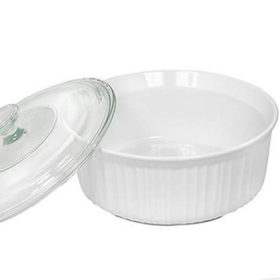
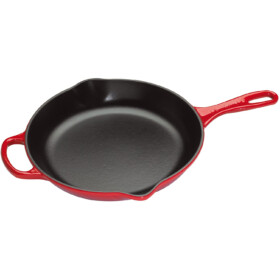
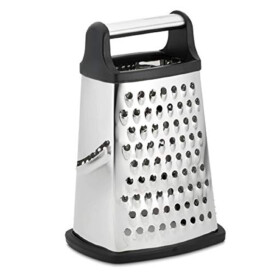
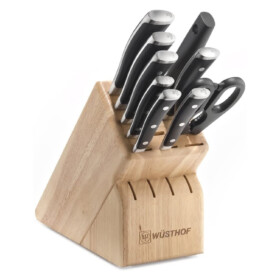
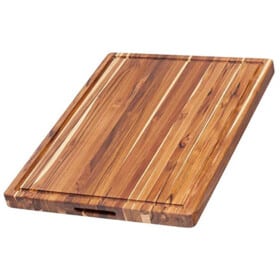
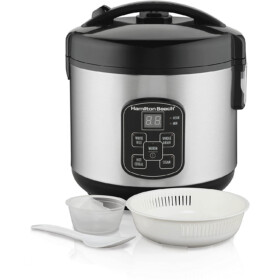
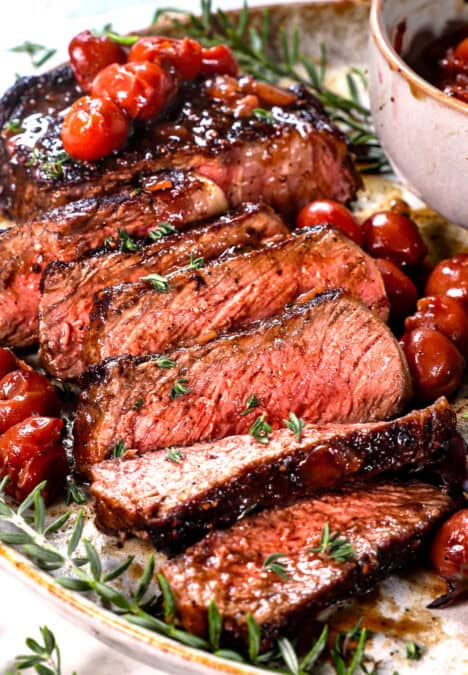
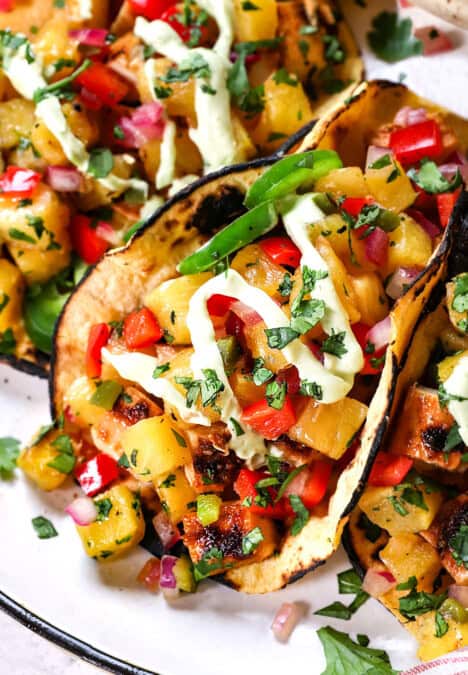
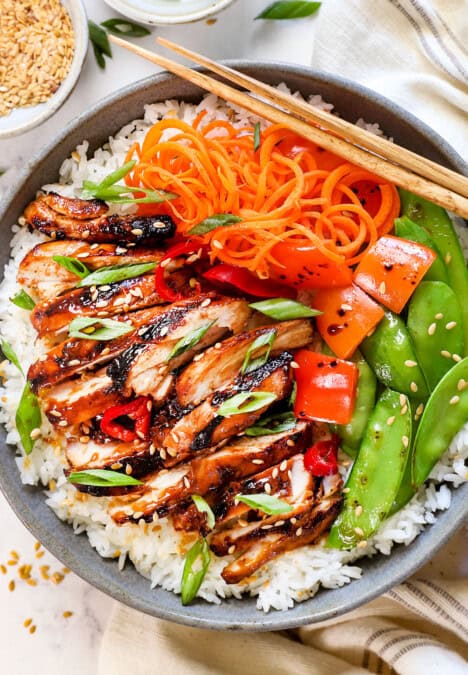

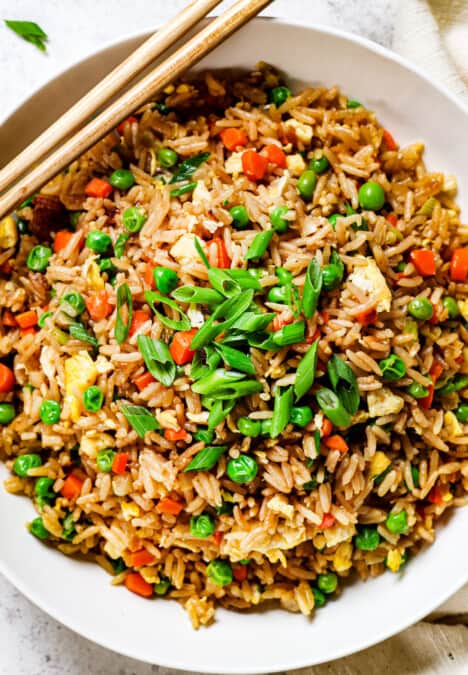
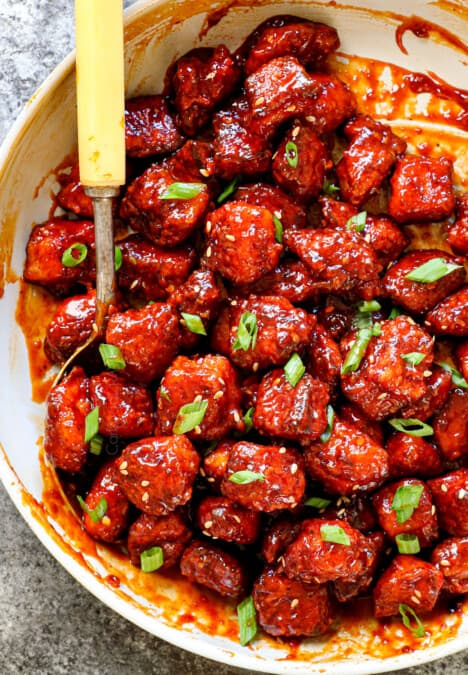


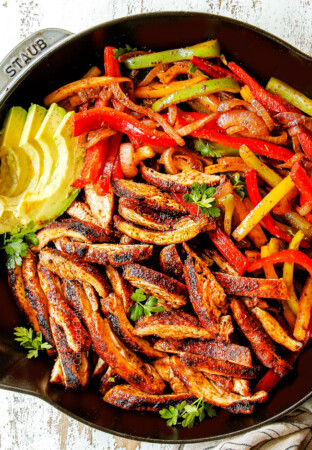
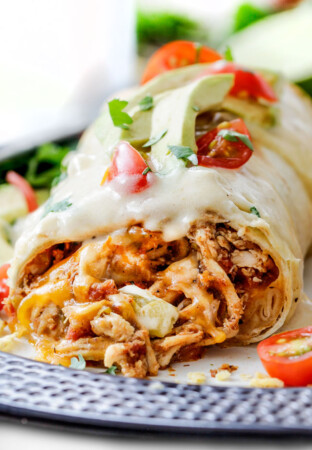
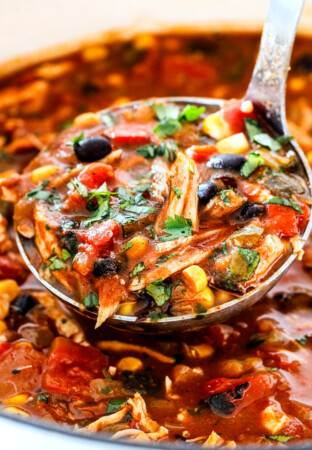
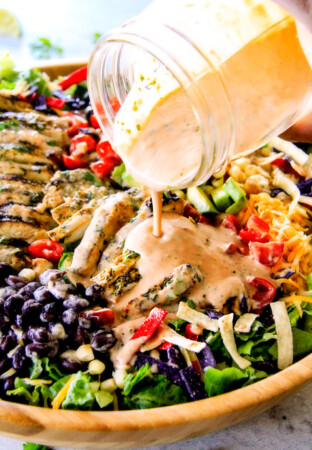
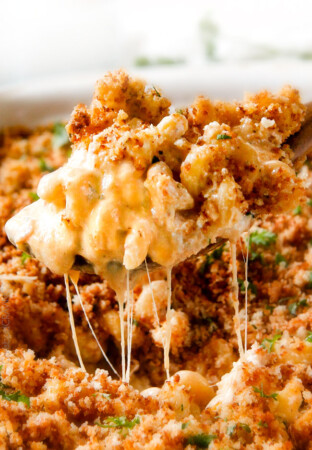

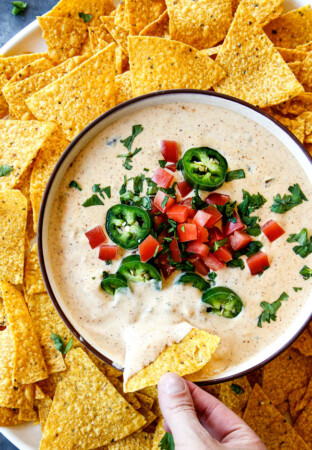

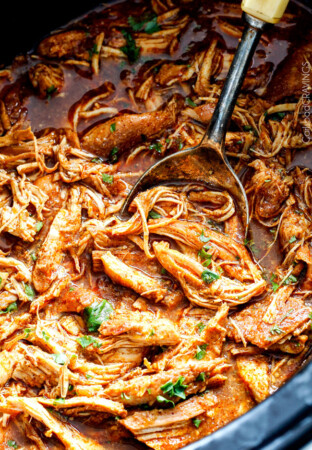
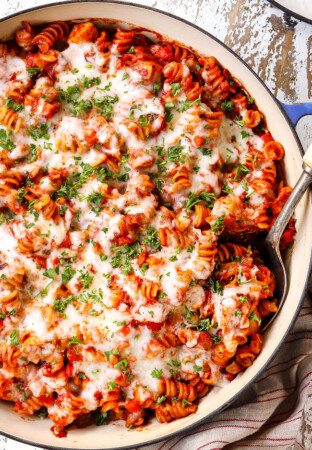


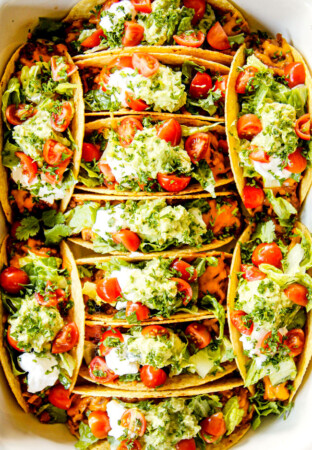
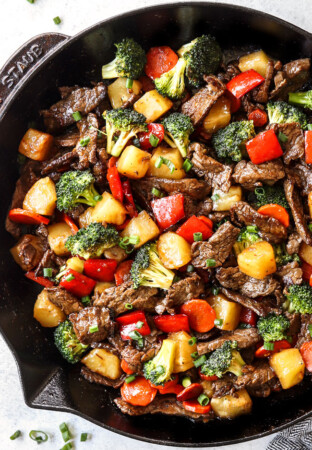
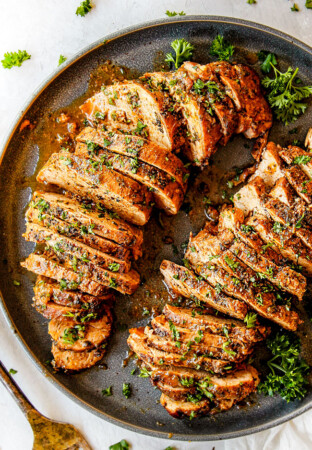
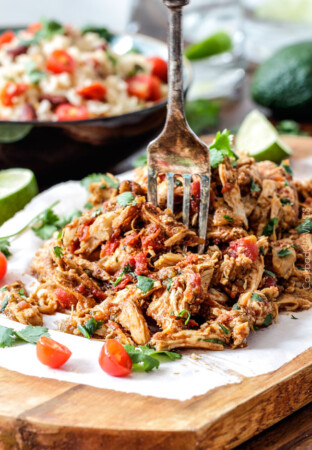
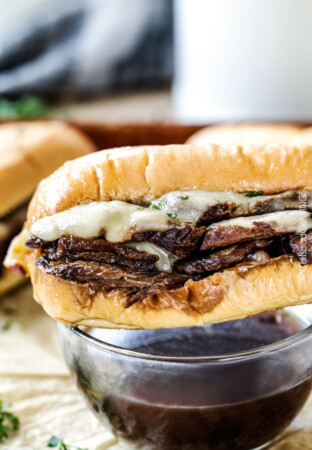
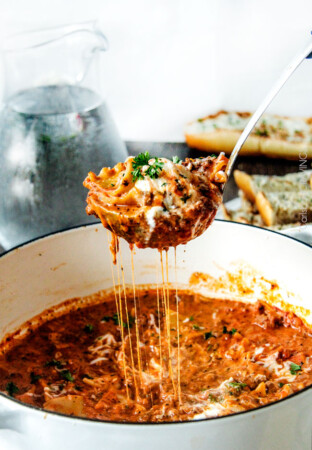

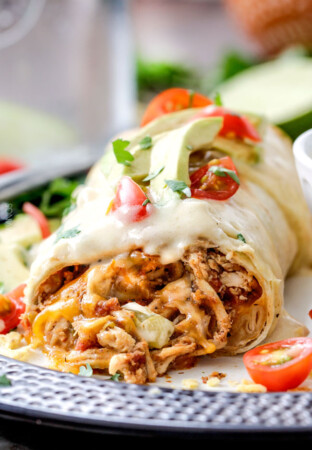
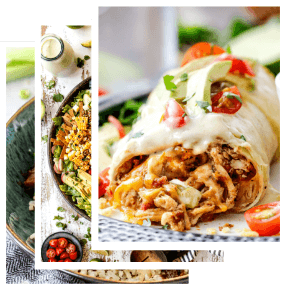
Lauren says
Oh. My. Gosh. Soooo good! The prep honestly wasn’t bad. We had everything sliced and measured before starting so it was easy and quick to make after that. The flavors are incredible! Will definitely be making this one again. Thank you for another amazing recipe!
Jen says
Yay! I am so glad this will be a repeat for you, and that it turned out so well!
Stacy Peterson says
Hey Jennifer! I live in a rural setting in Kentucky and I’ll have to order gochujang off Amazon. What’s a reasonable sub for it in the meantime?
Jen says
Hi Stacy! You can use some Sriracha Sauce, but it is spicier than gochujang, so adjust the amount according to your taste. Hope you enjoy!